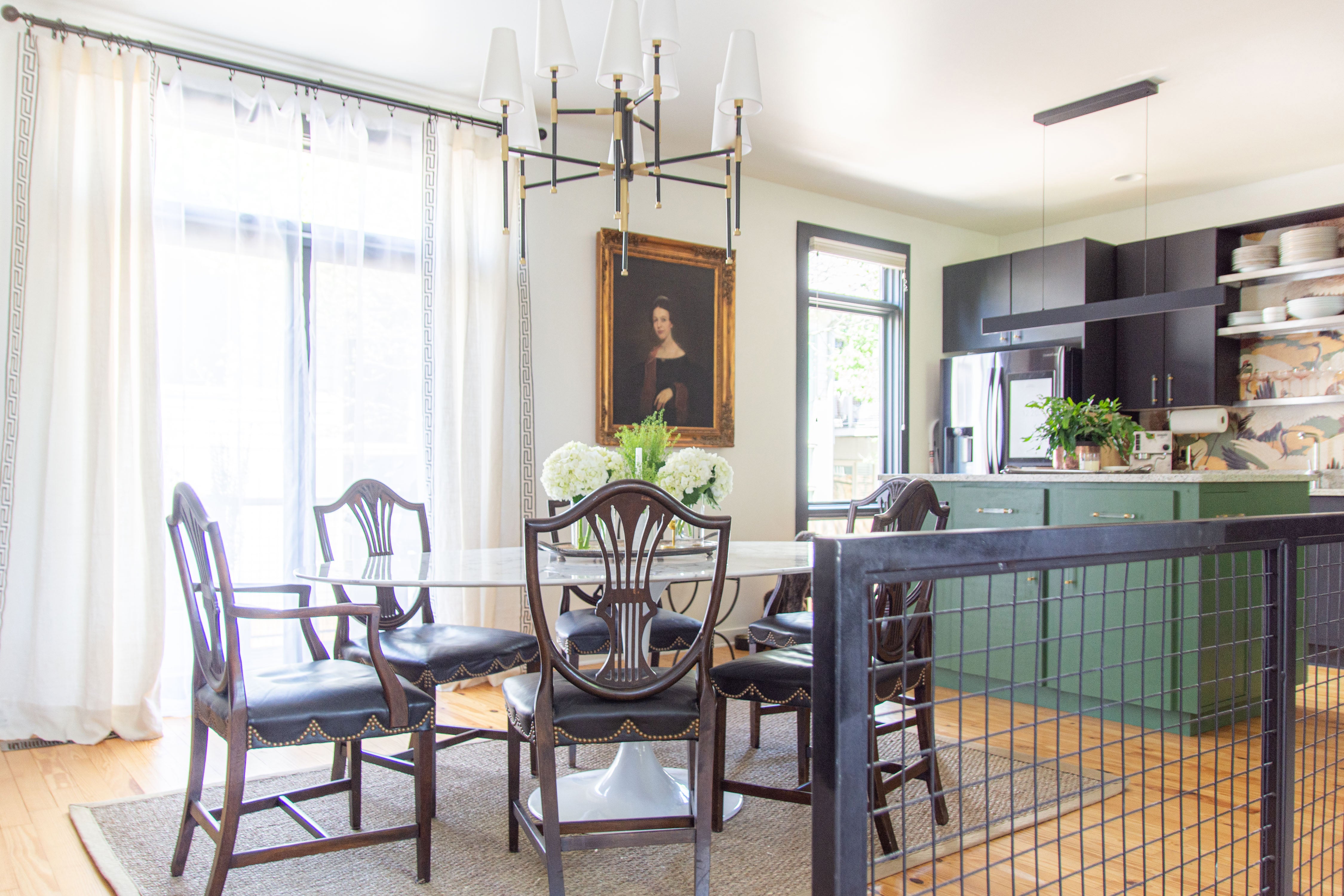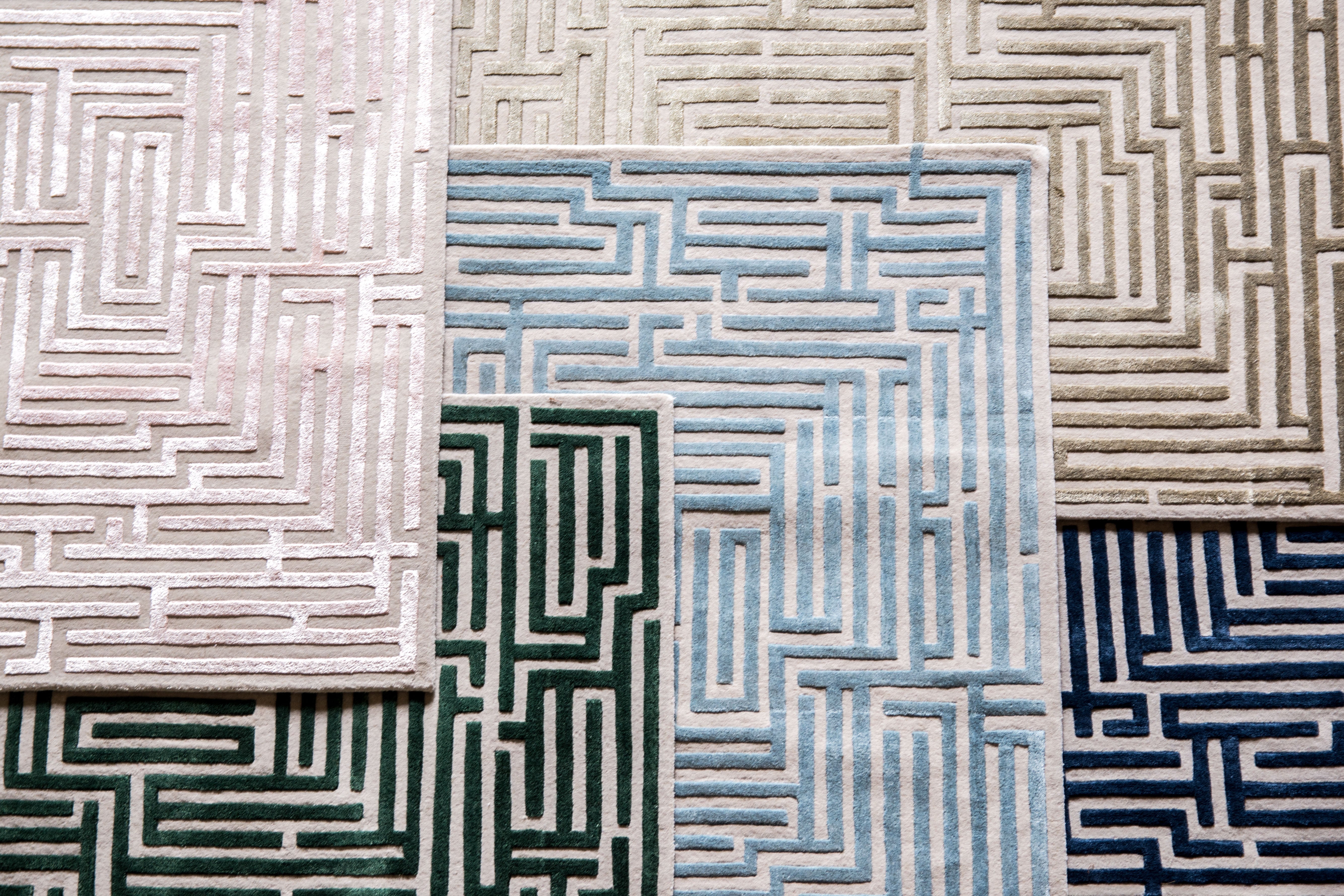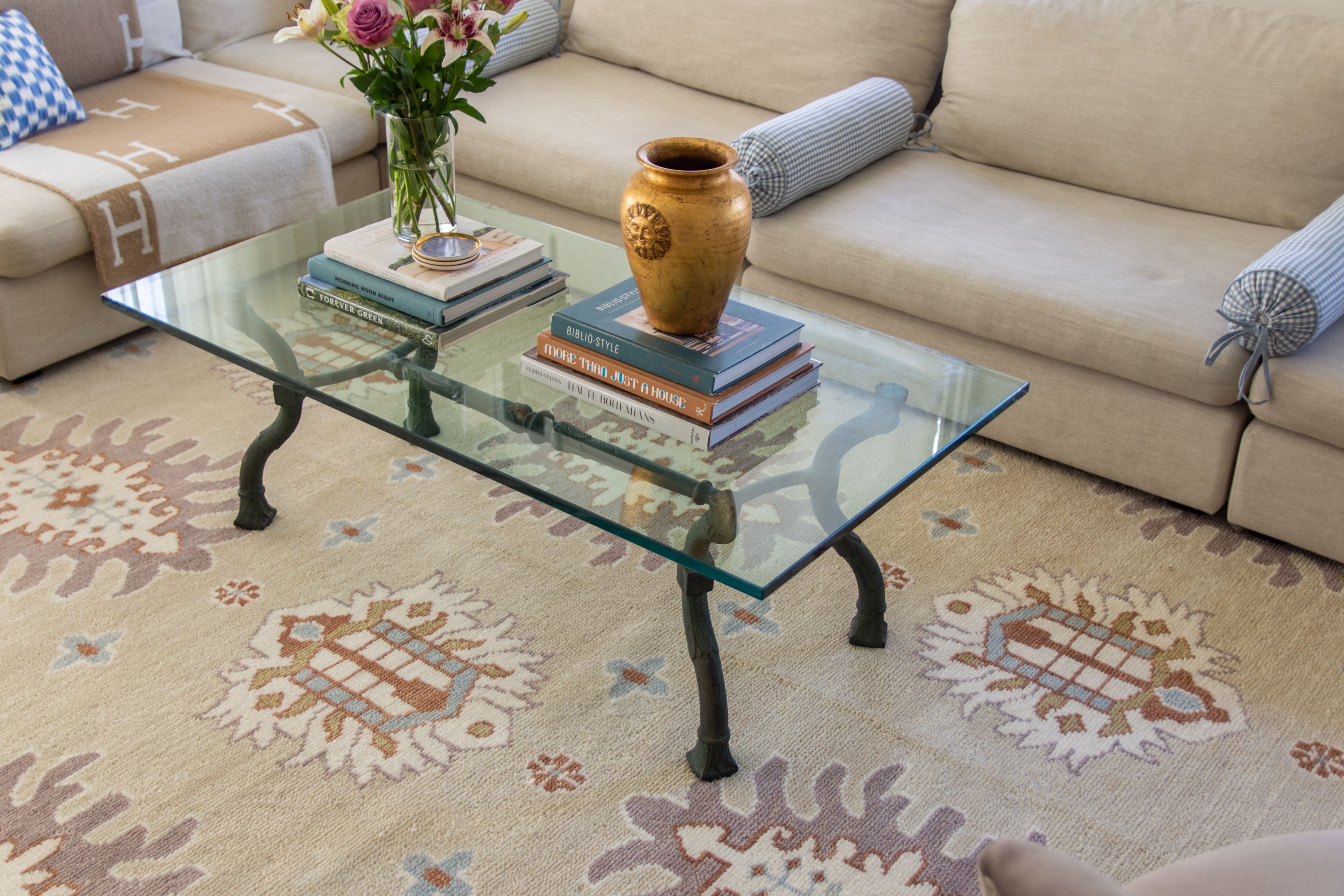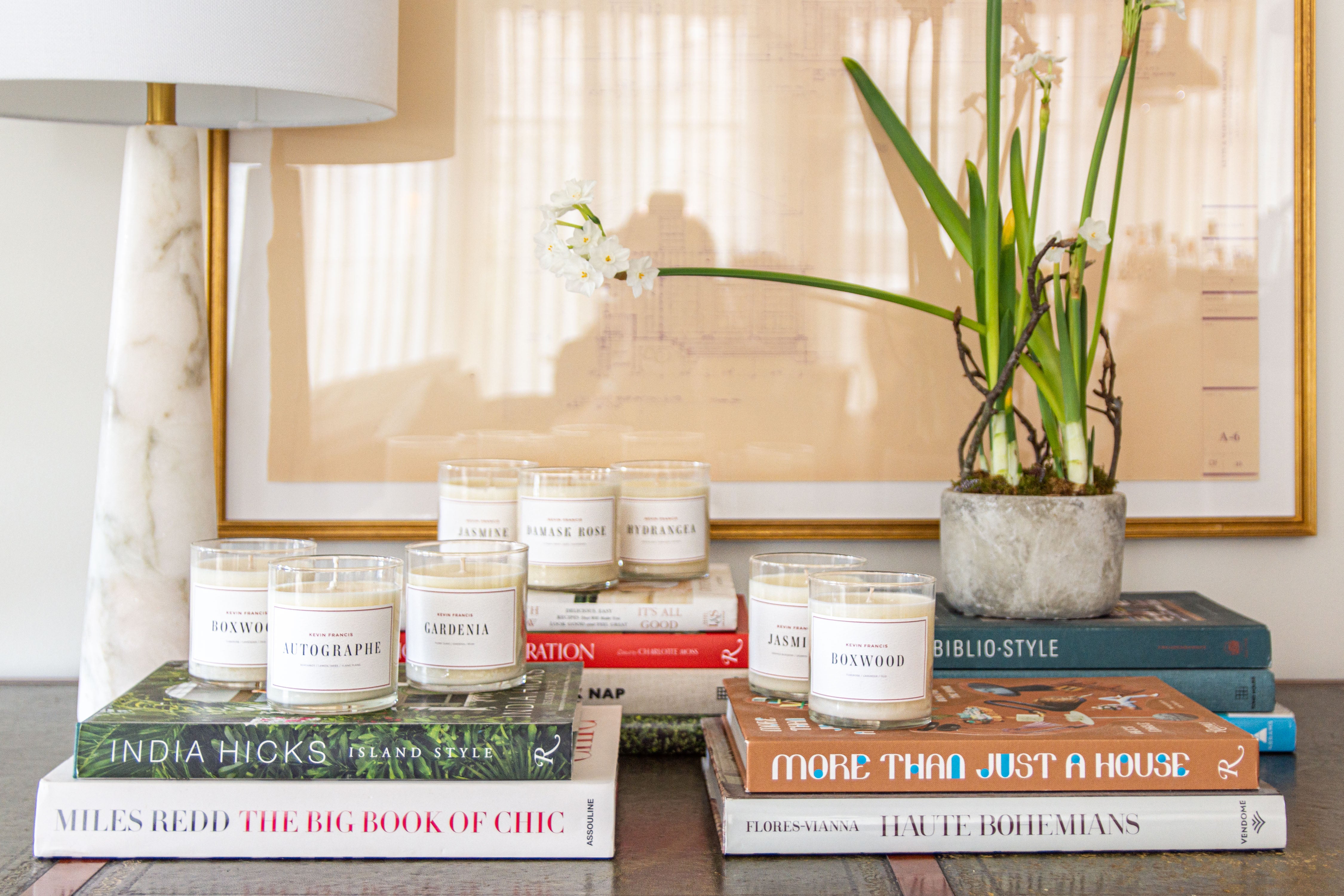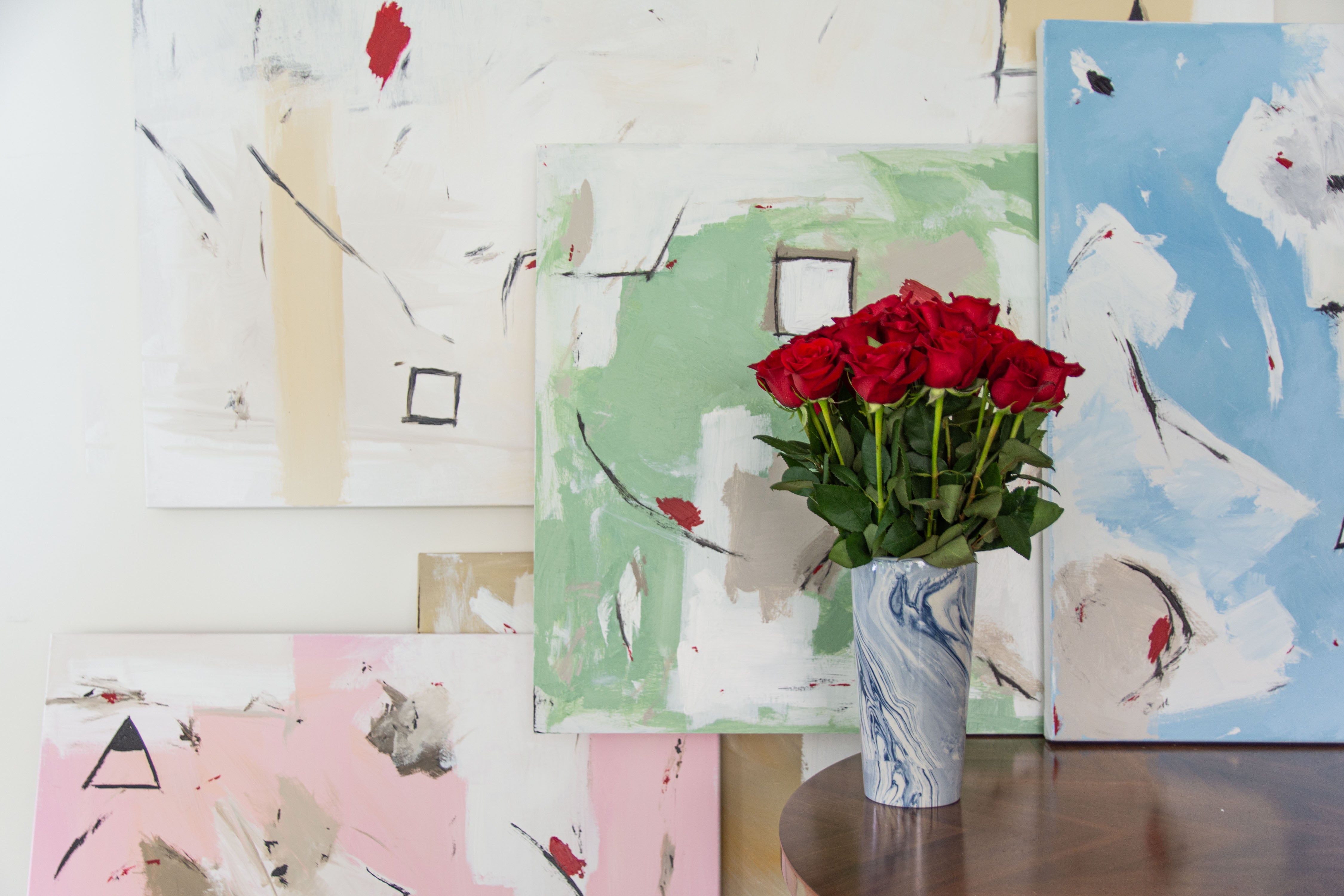The Art of Downsizing: 4 Tips for Creating a Cozy and Organized Home

On average, Americans throw away 81.5 lbs of clothing every year. The idea of living simply with less stuff is more than just a Pinterest fantasy. It's a reality that many people crave but often feel overwhelmed by. The thought of decluttering and downsizing can seem a little bit anxiety-inducing, but it doesn't have to be.
The art of downsizing is all about creating a space that feels like a breath of fresh air rather than a source of stress. Less to clean, less to organize, and less to stress about. Sounds good?
Cleaning becomes a breeze when you don’t have to navigate around items you don't even care about. Organizing becomes second nature because everything has its place, and you can find things when needed. The best part? Plus, you'll be able to look around and truly love the space you live in.
Tip #1: Downsize the living space first
If you are ready to take the plunge into downsizing your entire home first, but unsure where to start, a tiny home cabin shell is worth your attention. These versatile, customizable structures offer a fantastic way to simplify your life while enjoying a comfortable and stylish living space. Built to the latest International Residential Code (IRC) standards, these tiny home shells are the perfect blank canvas waiting for you to finish the interior and create your dream miniature home.
Whether you prefer the classic look of vinyl, the rustic charm of wood, or the sleek modernity of metal, you can choose the material and even add a porch! Opt for a cozy corner porch, a welcoming front porch, or a full deluxe porch as the perfect spot to unwind. You also have customizable options for windows, doors, vents, and structural upgrades to tailor your tiny home to fit your lifestyle.
Tip #2: Form a strategy to Declutter and Organize Your Home
Here’s a step-by-step approach to help you tackle the clutter and create more organization:
- You’ll need some sturdy boxes and labels. Prepare boxes labeled as "Keep," "Sell," "Toss," and "Donate."
- Go through each room and sort items into the appropriate boxes. Be honest with yourself about what you truly need and use.
- Divide by: Items you use regularly and have a meaningful attachment to. Items that are in good condition but no longer needed. Items that are broken or no longer usable. Items that are in good condition but you no longer need.
- Clear plastic boxes are great for storage because they allow you to see what’s inside without opening them. Label each box according to the type of items it will store, such as "Electronics," "Documents," "Toys," etc.
- Place all similar items together in the same box. This way, when you need something, you’ll know exactly where to find it.
- Once the boxes are filled, seal them well to prevent any damage. This is especially important for items that might be stored for a longer period. Depending on the number of items, you may need a self-storage unit or just some additional storage space at home. If using a storage unit, make sure it’s easily accessible and secure.
- Place the boxes you’ll need more frequently in an easily accessible spot.
Tip #3: Simplify your closet, simplify your life
The closet is often the worst clutter offender. It’s time to declutter that wardrobe and create a streamlined, organized space where your favorite outfits are easy to find. Start by breaking down your wardrobe into segments based on the type of clothing:
- Work
- Exercise
- Casual
- Sleep
- Special Occasions
As you go through your wardrobe, apply these guidelines to decide what stays and what goes:
- If it doesn’t fit or suit your style, or you never wear it, it’s time to let it go. Sensitive items like your wedding dress might be exceptions.
- If you don’t feel good when you wear it, it’s out. Your wardrobe should only contain items that make you feel confident and comfortable.
- Items that are stained, torn, or hopelessly worn should be discarded. Be ruthless—if it’s beyond repair, it’s toast.
Pro tip: Before you bag up items to discard, make sure to check the pockets. You don’t want to accidentally throw away money, keys, or other valuables.
Tip #4: Teach the kids where things belong
This is called future-proofing for parents. We all know how challenging it can be to keep a tidy home with kids around. However, one of the best strategies for maintaining an uncluttered space is to teach your children where things belong and encourage them to put their items away. While it won’t happen overnight, instilling this habit in your kids will make a significant difference in the long run.
Begin teaching your children the habit of organization as early as possible. The quicker they learn, the easier it will be to adopt these habits. Consistency is key—remind them regularly and make tidying up a part of their daily routine.
Use labels and pictures to show where things belong. This works especially well for younger children who can’t read yet. For example, place a picture of toys in the toy bin and clothes in the laundry basket. Ensure that storage solutions are within your child’s reach. Low shelves, bins, and hooks make it easier for them to put things away on their own.
You can also turn tidying up into a game. Use timers, songs, or reward systems to make the process enjoyable. For instance, set a five-minute timer and challenge your kids to see how much they can put away before the timer goes off.
Need a little help with your new design?
Kevin Francis' interior design services in Atlanta include interior decoration, renovation project management, and more. We can also help select fixtures and finishes and style a room perfectly. Get a contemporary decorating approach for your downsized space today.





